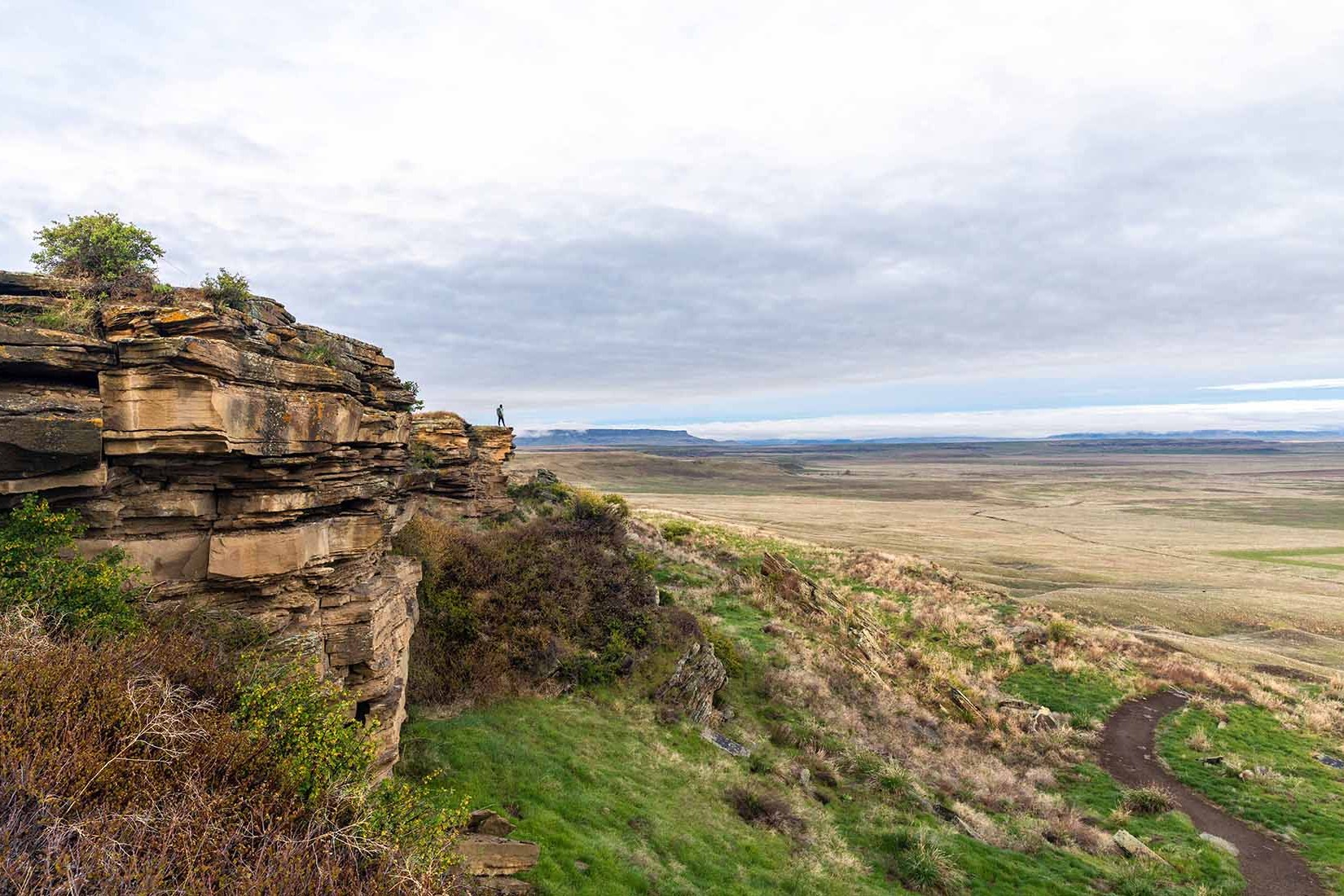Montana’s First Peoples And The Mystery Of The Prehistoric Bison Jump

Have you ever wondered how ancient people hunted massive bison without modern tools? Montana's First Peoples mastered this skill using a technique called the prehistoric bison jump. This method involved driving herds of bison off cliffs, ensuring a successful hunt. The process required teamwork, strategy, and deep knowledge of bison behavior. Visiting these historic sites today offers a glimpse into the ingenuity and survival skills of these early inhabitants. Imagine standing at the edge of a cliff where countless bison once fell, providing food, clothing, and tools for entire communities. It's a fascinating look into a world long past, yet still present in Montana's landscape.
Montana's First Peoples: A Glimpse into History
Montana's rich history is deeply intertwined with the lives of its first peoples. These indigenous tribes have left an indelible mark on the land, culture, and traditions of the region. Let's explore some significant places that highlight their legacy.
Chief Plenty Coups State Park
- This park honors the last traditional chief of the Crow Nation, Chief Plenty Coups. It features his home, a sacred spring, and a museum showcasing Crow culture and history.
Little Bighorn Battlefield National Monument
- This site commemorates the Battle of Little Bighorn, where the Lakota, Northern Cheyenne, and Arapaho tribes defeated the 7th Cavalry Regiment of the United States Army. The monument offers a deep dive into the events and perspectives of both sides.
First Peoples Buffalo Jump State Park
- One of the largest buffalo jump sites in North America, this park provides insight into the hunting practices of various tribes. The visitor center offers exhibits on the history and significance of the buffalo jump.
The Mystery of the Prehistoric Bison Jump
The prehistoric bison jump is a fascinating aspect of Montana's history. These sites were used by indigenous peoples to hunt bison by driving them off cliffs. Let's uncover some of these mysterious locations.
Madison Buffalo Jump State Park
- This site was used for over 2,000 years by Native American tribes to hunt bison. The park features interpretive trails that explain the hunting techniques and the cultural significance of the jump.
Ulm Pishkun State Park
- Also known as First Peoples Buffalo Jump, this site is one of the largest bison cliff jumps in the world. The park includes a visitor center with exhibits on the history and archaeology of the site.
Wahkpa Chu'gn Archaeological Site
- Located near Havre, this site offers a glimpse into the ancient hunting practices of the Plains Indians. Guided tours provide detailed information about the bison jumps and the tools used by the hunters.
Preserving the Legacy
Efforts to preserve and honor the history of Montana's first peoples and their ingenious hunting methods are ongoing. These sites not only educate visitors but also pay tribute to the resilience and ingenuity of the indigenous tribes.
Museum of the Plains Indian
- Located in Browning, this museum showcases the art, culture, and history of the Plains Indian tribes. It features exhibits on traditional crafts, clothing, and tools, providing a comprehensive view of their way of life.
Montana Historical Society Museum
- Situated in Helena, this museum offers extensive exhibits on the history of Montana, including the lives and contributions of its first peoples. The museum's collections include artifacts, photographs, and documents that tell the story of the state's indigenous tribes.
Big Hole National Battlefield
- This site commemorates the Nez Perce War of 1877 and the Battle of the Big Hole. The visitor center and trails provide insights into the conflict and the experiences of the Nez Perce people during this tumultuous time.
Connecting with the Land
Understanding the deep connection Montana's first peoples had with the land enriches our appreciation of these historic sites. Their knowledge and respect for nature continue to inspire and educate.
Glacier National Park
- This park holds significant cultural importance for the Blackfeet Nation. The park's landscape is dotted with sacred sites and traditional hunting grounds, offering a unique perspective on the natural world.
Yellowstone National Park
- While primarily known for its geothermal features, Yellowstone also has a rich indigenous history. Tribes such as the Shoshone, Crow, and Bannock have long-standing connections to the park, which is reflected in various cultural sites and stories.
Bighorn Canyon National Recreation Area
- This area is not only a natural wonder but also a place of historical significance for the Crow and other tribes. The canyon's rugged beauty and cultural sites provide a deeper understanding of the region's indigenous heritage.
Montana's Rich Heritage
Montana's history is deeply connected to its first peoples and the prehistoric bison jump. These ancient sites reveal the ingenuity and survival skills of early Native American tribes. They used natural landscapes to hunt bison, ensuring their communities thrived. Visiting these sites offers a glimpse into a world where humans and nature worked in harmony. The bison jump isn't just a historical site; it's a testament to the resourcefulness and resilience of Montana's first peoples. Exploring these areas provides a unique opportunity to appreciate the rich cultural heritage that shaped the region. Whether you're a history buff or just curious, Montana's ancient sites offer a fascinating journey into the past. Embrace the chance to learn and connect with the stories that have been passed down through generations. Montana's heritage is a treasure waiting to be discovered.

